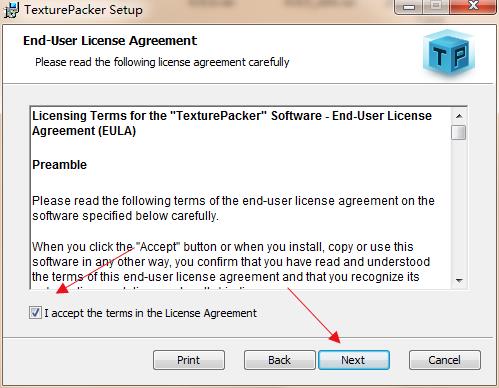

- #Unpack texturepacker xml how to
- #Unpack texturepacker xml full
- #Unpack texturepacker xml download
If you just want to play animation on plane from atlas, please follow Creating Sprite Animation steps. Trim / Crop is not supported with this approach. This approach is only useful if you want play animation on YOUR mesh (not simple plane).
Attach TPSkinnedMeshTextureEx component ( TPHelper component will be added automaticly). Select the sword_01 gameobject (the one with the SkinnedMeshRenderer component attached). Using the texture atlas with skinned model *Note: Do not attach TPMeshTexture component, it will casue component lost if you replace TexturePacker.dll. The sword is now using the texture from the atlas. Choose Atlas and Texture in TPHelper menu. Attach TPMeshTextureEx component ( TPHelper component will be added automaticly). Select the sword_01 gameobject (the one with the MeshRenderer component attached). Replace this with a texture from the atlas: It already has a texture and a material assigned. ( Assets/Extensions/TexturePacker/Tutorial/Art/Models/Sword/sword_01) But you can create any number of other materials with different shader for atlas. *Note: The material will be created automatically by Asset Processor editor script. Set material name as TutorialAtlasMaterial, attach TutorialAtlas.png as main material texture and change shader to Transparent->Diffuse. If you do not see the image, you can view the image by clicking directly on the URLĪtlas is ready, so we need material for it. I has described most optimal options, but you can experiment with TexturePacker option to get the best result for your atlas. 
Trim mode: none (Trim mode is only supported for GUI rendering) Now let’s configure our atlas.ĭata File: YourProject/Assets/Resources/TutorialAtlas_data.txt Texture File: YourProject/Assets/Resources/TutorialAtlas.pngĪlgorithm: MaxRect (Full version only) or Basic (available in the free version)Īllow Rotation: checked (Full version only) unchecked (free version) Open TexturePacker, and simply drag the textures inside. The TexturePacker Unity extension is available here:įor the first tutorial, we’ll pack textures for our scene (Assets are available in the TexturePacker Extension package under Assets/Extensions/TexturePacker/Tutorial/Art/AtlasSource).
#Unpack texturepacker xml download
TexturePacker is available for download here:
Auto generation of UV coordinates for Meshes. Supports TexturePacker features (rotation. Why use the TexturePacker Unity Extension? Note: Some features are not available in the free version. TexturePacker will allow you to easily and quickly create texture atlases for your game. Why you should use texture atlases in your game: Using with GUI (drawing GUI textures from Atlas, GUI Animation). Using with 3D object’s (animation, automatic UV). To get started as quick as possible, here is Video Tutorials Section (will be upgraded shortly) #Unpack texturepacker xml full
Both have a limited function free version in addition to the full version. There are two different versions of TexturePacker – The stand alone TexturePacker, and the TexturePacker Unity Extension.
#Unpack texturepacker xml how to
This is a tutorial on how to use the TexturePacker extension for Unity.






 0 kommentar(er)
0 kommentar(er)
